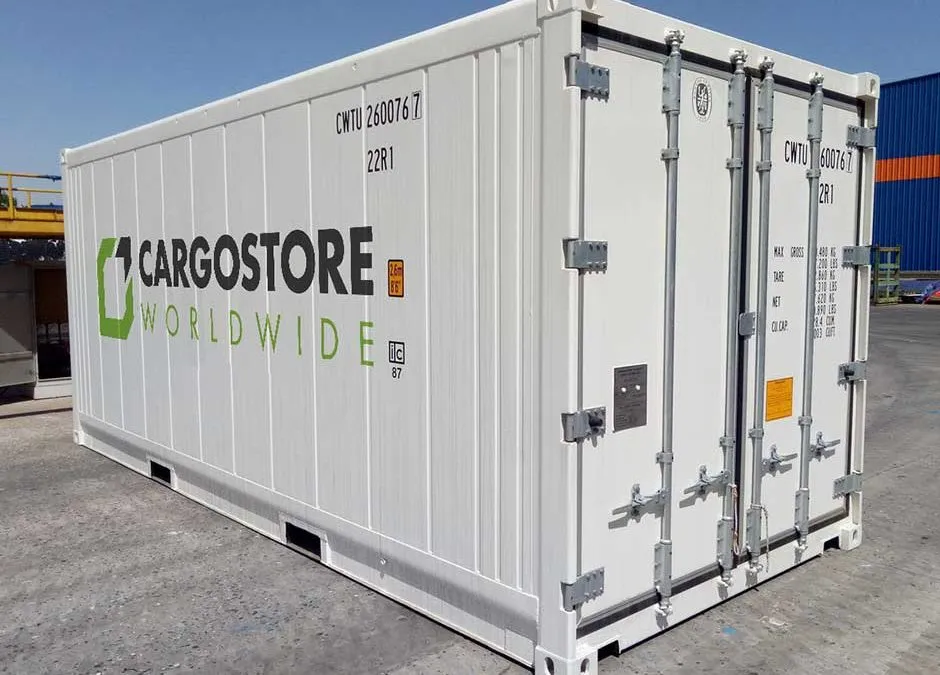How Much Does a 20ft Shipping Container Cost?
In today’s ever-evolving world, the versatility of shipping containers extends far beyond their traditional use in transportation. From innovative housing solutions to bespoke storage spaces, the humble 20ft shipping container has found its way into the hearts and projects of many. This surge in popularity brings us to one of the most pressing questions for both shippers and recipients alike: “How much does a 20ft container cost?”
While the answer might not be straightforward due to the myriad of factors influencing prices, such as the container’s age, condition, and transportation costs, not to mention whether it’s leased or bought, today we will shed light on how much you might be looking at.
Whether you’re planning to buy a brand-new container, weighing the benefits of leasing, or considering a pre-owned option, the cost can vary widely. Right from the start, it’s important to know that the cost of a shipping container can change a lot. It can go up or down because of the world’s economy, how many people want them versus how many are available, and what special things you might need.
From understanding the price range of new containers to exploring the savings potential with used ones, we’ll delve into the essential details you need to make an informed decision. So, let’s demystify the cost of a 20ft shipping container, ensuring you’re well-equipped to tackle your shipping or storage project with confidence.
Understanding the cost of new shipping containers
It’s important to keep in mind that container prices can vary depending on the location. In general, a new 20ft dry container can be purchased from anywhere between $1,500 and $3,500, while a new 40ft dry container typically costs between $2,500 and $4,500. If you’re interested in a new 40ft high cube (HC) container, expect to pay roughly $2,500 to $6,000.
However, these values are largely based on averages and estimates, as trends change and container shortages do occur, not to mention the volatile global economic climate we’re now witnessing – so, these can affect prices as well.
You should also factor in delivery costs if you are thinking about purchasing a shipping container, as haulage and shipping costs will also apply. The distance of the delivery may affect the overall cost, and also customs charges may be added if the container is delivered from one country to another.
Steel prices also fluctuate so that’s another factor which may impact the price. Luckily, steel is available at a reasonably low cost so containers are being made by the numbers!

How much does a used shipping container cost?
With the above out of the way, let’s discuss “How much does a used 20ft container cost”. A used shipping container can be a great way to save money if you are considering purchasing a shipping container. When purchasing a used shipping container there are many common terms used to describe the condition, which can help you decide the right container type for your cargo. These terms are:
- One-Trip Containers
- Cargo Worthy Containers
- Wind & Watertight Containers
- As-is Containers
One Trip Containers are as close to new as you can get with a used container. These containers have only taken one trip aboard a container ship, and typically have been manufactured in China before being shipped to their current location. These are the most expensive types of used shipping containers.
Cargo Worthy Containers are seaworthy shipping containers, meaning they are still strong and weather resistant enough to carry cargo on a container ship, but they may have wear and tear including dents, dings, or rust. A cargo worthy 20ft dry container can cost anywhere from $1,300 to $2,600.
Wind & Watertight Containers will not have any holes or defects that would allow wind or water to enter the unit, although they may not be seaworthy until further maintenance or inspections have taken place.
As-is Containers may have dents, rust or even holes in the exterior and are generally only suitable for storing items that are not affected by water or wind. As-is containers are the cheapest types of shipping containers you can find on the used market.
Cargostore prides itself in offering some of the most reasonable rates for 20ft containers. Get in touch with us now to learn more.
Contact us
Ready to unlock the best deals on shipping containers? Whether you’re eyeing a brand-new 20ft beauty for your next project or seeking a cost-effective, used gem, we’ve got you covered.
At Cargostore, we understand that finding the perfect shipping container at the right price can be a challenge. That’s why we’re here to guide you through every step of the process.
Related Articles

What is a Reefer Container… and what are they used for?
A reefer container is a refrigerated shipping container used to store goods that require temperature control. They can be used to ship or truck goods over long distances as they can be plugged into the power station on ships or have clip on generators attached.

How Many Shipping Containers Are Lost At Sea?
How many shipping containers are lost at sea? According to a World Shipping Council (WSC) report, up to 1,382 containers are lost at sea each year. This can be dangerous if toxic or hazardous materials are inside the container.

What are Sea Containers Called?
Sea containers are one of the names given to the steel boxes used to transport goods globally, read on to find out some other names…
